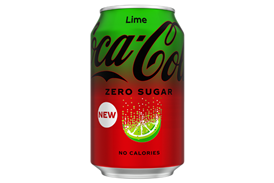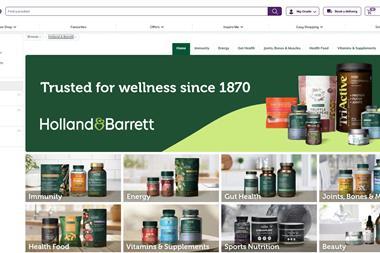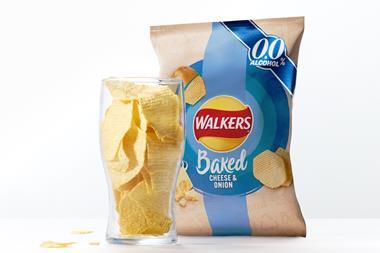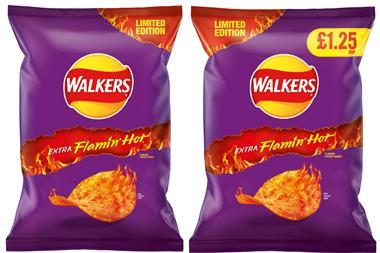I bought a bar of chocolate from Sainsbury's this week. It is looking at me lovingly as I write this. But I resist. New Year's resolutions and all that. No, I wanted to find out just how dangerous a bar of chocolate is. I had bought a Kit Kat a couple of days earlier in Asda. The new front-of-pack labelling revealed it contained a mere 106 calories. Nestlé was a little more coy about the fat and sugar levels (they were on the back), but even here, based on the Guideline Daily Amounts, I could see no harm in terms of sugar and salt, and, at 18%, the need to take it easy on the saturated fat for the rest of the day.
If Nestlé had opted for the FSA's traffic lights system, there would have been red lights everywhere: fat, saturated fat, sugars. This is because traffic lights are based not on portion size, of course, but on an entirely arbitrary 100g weight measurement.
So, back to my bar of Sainsbury's dark fruit and nut. This uses a traffic-light-based wheel. As it flashes with reds, ambers and greens, I am reminded of the confusion that Benny Hill created in The Italian Job when he scrambled the traffic light system in Turin.
And the really alarming thing is, when you extrapolate, using GDAs, the actual grams of fat, saturated fat and sugar inside the wheel, based on four squares of the chocolate that Sainsbury's deems a 'portion', this is perfectly harmless. So the hazard warning system runs contrary to the data inside it.
Confused? With two conflicting systems, a growing number of hybrids and bastardisations, anomalies and inconsistencies, imagine what it's like for Jo Public. Some good news was emanating from the FSA this week, with Dame Deirdre Hutton reportedly suggesting that consumers will determine which is the best scheme. But what a gooey mess.
If Nestlé had opted for the FSA's traffic lights system, there would have been red lights everywhere: fat, saturated fat, sugars. This is because traffic lights are based not on portion size, of course, but on an entirely arbitrary 100g weight measurement.
So, back to my bar of Sainsbury's dark fruit and nut. This uses a traffic-light-based wheel. As it flashes with reds, ambers and greens, I am reminded of the confusion that Benny Hill created in The Italian Job when he scrambled the traffic light system in Turin.
And the really alarming thing is, when you extrapolate, using GDAs, the actual grams of fat, saturated fat and sugar inside the wheel, based on four squares of the chocolate that Sainsbury's deems a 'portion', this is perfectly harmless. So the hazard warning system runs contrary to the data inside it.
Confused? With two conflicting systems, a growing number of hybrids and bastardisations, anomalies and inconsistencies, imagine what it's like for Jo Public. Some good news was emanating from the FSA this week, with Dame Deirdre Hutton reportedly suggesting that consumers will determine which is the best scheme. But what a gooey mess.



















No comments yet